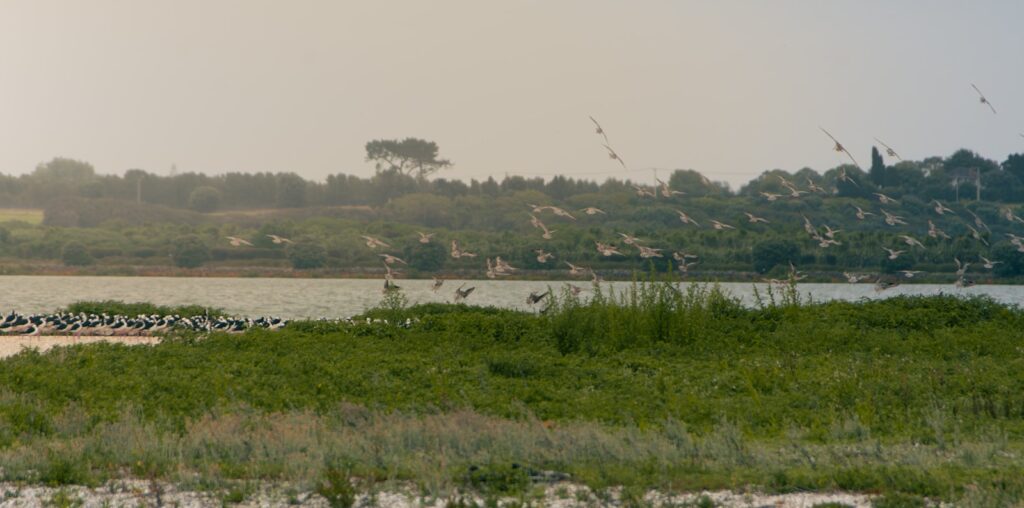Myths and legends are full of terrifying beasts, from fire-breathing dragons to seductive sirens. But behind many of these fantastical creatures lurk real animals behind myths.
Ancient sailors, explorers, and storytellers often misunderstood what they saw, transforming natural wonders into legendary monsters. Here are ten real creatures that have given rise to myths that still captivate our imaginations today.
Giant Squid: The Kraken’s Slimy Truth
For centuries, sailors told tales of the Kraken, a monstrous sea creature capable of pulling entire ships beneath the waves. The myth likely originated from sightings of giant squids, real creatures that can reach lengths of over 40 feet. Their enormous tentacles and deep-sea habitat made them perfect candidates for seafaring nightmares.
Check out Deep Sea Creatures That Look Like Aliens for more otherworldly ocean life.
Narwhal: The Unicorn of the Sea
In medieval Europe, traders sold narwhal tusks as “unicorn horns,” claiming they held magical powers. These Arctic whales, with their long spiral tusks, easily fueled legends of the unicorn. Royal collectors prized them so highly that a single tusk could be worth more than gold.
Komodo Dragon: The Living Dragon
Before the 20th century, stories of giant, fire-breathing reptiles on Indonesian islands seemed absurd. Then explorers discovered the Komodo dragon, a huge, venomous lizard with a powerful bite and a taste for carrion. It didn’t breathe fire, but it certainly breathed new life into dragon myths.
Whale: The Leviathan and Jonah’s “Big Fish”
Biblical tales of the Leviathan and Jonah’s whale likely stemmed from real encounters with sperm whales and other large sea mammals. When early sailors saw massive shapes rising from the ocean depths, their imaginations filled in the terrifying details.
For more mind-boggling mysteries, see Strange Phenomena Scientists Still Can’t Explain.
Baboons: The Egyptian Deity Thoth
Ancient Egyptians depicted Thoth, the god of wisdom, as part man, part baboon. Why? Because baboons were observed exhibiting eerily human behaviors, such as chattering at sunrise, sitting in groups, and displaying intelligence that seemed almost divine.
Crocodile: The Dragon of the Nile
Crocodiles inspired fear long before the word “dragon” existed. In ancient Egypt and beyond, these massive reptiles were seen as guardians of rivers or as monstrous deities. Tales of dragons guarding treasure may have evolved from the way crocodiles protect their nesting grounds.
Giant Oarfish: The Sea Serpent Revealed
When washed ashore, the long, ribbon-like oarfish, sometimes over 30 feet, must have seemed supernatural. Its shimmering silver scales and snake-like body fit perfectly with legends of sea serpents that haunted sailors across the globe.
Explore Animals With Superpowers You Wish You Had for a dose of nature’s superpowers.
Elephants: The Basis for Cyclops Myths
When ancient Greeks found fossilized elephant skulls, they noticed a massive hole in the center (where the trunk once attached). Mistaking it for an eye socket, they imagined one-eyed giants, the Cyclopes. The misinterpretation endured for centuries.
Great White Shark: The Monster of Jaws and Legends
Long before Jaws terrified moviegoers, early cultures told tales of sea monsters that devoured ships and men. Many of those stories likely came from sightings of great white sharks, the ocean’s real apex predators, with teeth terrifying enough to fuel any myth.
Manatee: The Original Mermaid
Christopher Columbus and other sailors claimed to see mermaids during long voyages. In truth, they were likely spotting manatees, gentle sea cows that surface to breathe and nurse their young. After months at sea, a lonely imagination did the rest.
For quick, curiosity-boosting reads, read Five-Minute Curiosity — Things You Can’t Unsee Once You Know
The Enduring Power of Myth
Each of these creatures shows how easily mystery and imagination blend. Real animals, glimpsed in unusual conditions or misunderstood due to fear, became symbols of wonder and warning. Even now, as science explains the unknown, we still yearn for a hint of magic in the natural world.




